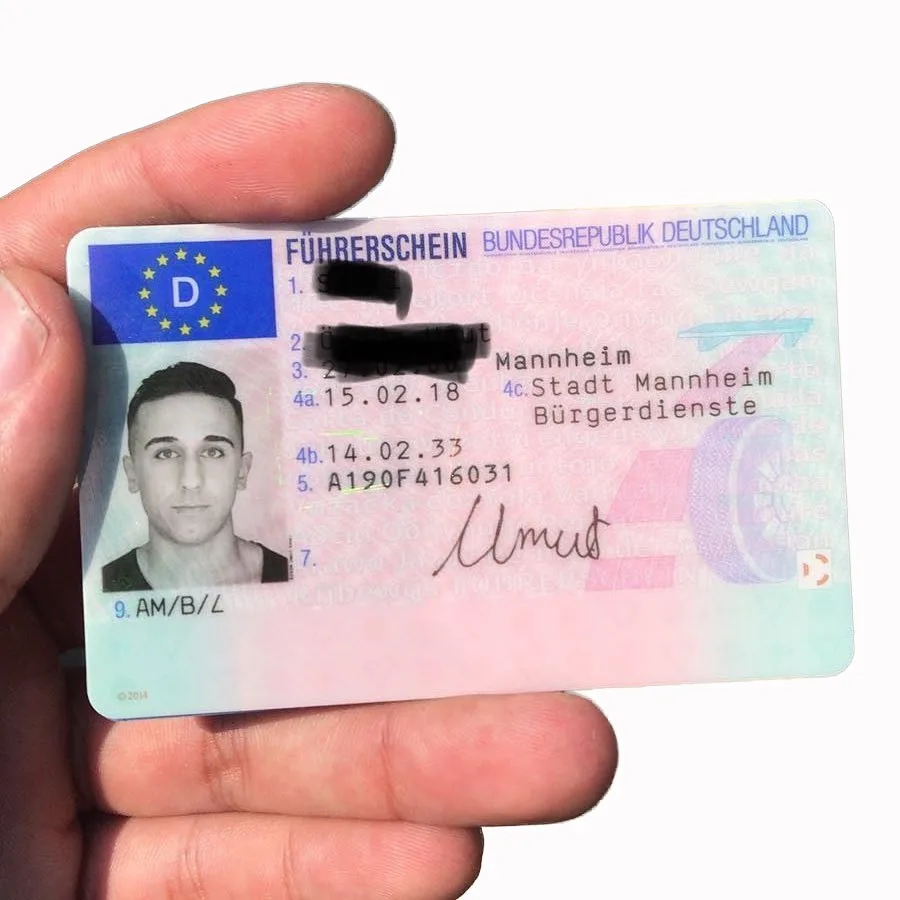10 Inspirational Graphics About Learn To Drive Without A Test

Discovering to Drive Without a Test: Checking Out Alternative Courses in Driver Education
In a period where benefit and development dominate the landscape of education and skills acquisition, the conventional design of finding out to drive-- finishing a strenuous test to make a driver's license-- has actually come under scrutiny. For numerous, the process of getting behind the wheel, studying hard, and passing both a written and practical driving test can be daunting. However, emerging führerschein online kaufen and alternative methods to driver education recommend that there may be ways to find out to drive without feeling the pressure of a formal testing environment.

Understanding the Traditional Model
Generally, earning a driver's license requires potential chauffeurs to undergo a series of tests developed to evaluate understanding and practical skills. These consist of:
Written Test: This evaluates understanding of the guidelines of the road, traffic signals, and safe driving practices.
Practical Driving Test: Applicants should demonstrate their capability to operate a car safely and in accordance with traffic laws.
While this design ensures that all chauffeurs meet a minimum standard of skills, it can be a source of stress for numerous students. The fear of failure, integrated with the logistics and expense associated with testing, can discourage people from getting their license completely.
Alternative Methods of Learning to Drive
Driving School Innovations: Many driving schools have begun to provide more tailored education programs that enable trainees to discover at their own rate. These programs typically consist of individually instruction with certified driving trainers who concentrate on structure confidence rather than pressuring students to pass a test. Some modern driving schools even incorporate online modules where students can study the guidelines of the roadway in a more unwinded setting before entering the car.
Simulated Driving Experiences: Advances in technology have actually led to the development of advanced driving simulators. These can supply valuable experience without the threat of mishaps. Learners can practice their skills in different climate condition, traffic circumstances, and driving scenarios that they may not experience in typical driving classes. This hands-on technique to learning can improve a student's skills and self-confidence behind the wheel.
Peer-to-Peer Learning: Informal driving practice with good friends or relative can likewise act as a practical option to conventional methods. While this technique does not completely get rid of the need for official testing, it enables people to gain convenience and experience behind the wheel without the anxiety of an official assessment. Friend or family can supply assistance and feedback, making the discovering procedure less intimidating and more helpful.
Flexible State Regulations: Some regions are beginning to reconsider their necessary testing policies, particularly for particular demographics, such as veterans or individuals with impairments. These modifications reflect a growing recognition that life experiences and driving practices might not always align with conventional testing requirements. Advocacy for a more holistic method to assessing driving competence is ending up being a subject of conversation in numerous legal circles.
Personal Certifications: In specific places, individuals might check out choices that focus more on mentorship and safer driving behavior instead of standard tests. Accreditation through community programs or acknowledged companies that endorse experiential learning might encourage safe driving while bypassing the standard testing route.
The Benefits and Drawbacks
While discovering to drive without a formal test provides numerous potential benefits-- such as lowering stress, promoting a more inclusive environment for learners, and focusing on proficiency over testing stress and anxiety-- it likewise raises issues. Critics argue that eliminating official evaluations might result in disparities in driver preparedness, possibly compromising roadway safety.
Furthermore, traditional testing serves not only as an assessment of skills, but as a standardized benchmark that guarantees all motorists possess the needed knowledge to navigate the roads securely.
Conclusion
The landscape of driver education is progressing. As alternative methods of discovering to drive gain traction, striking a balance between flexibility and safety is paramount. While it is clear that there are avenues for discovering to drive without the pressure of a formal test, ensuring that all drivers keep a high requirement of safety need to remain a top priority. In the future, we may see more customized approaches to driver education that accommodate different learning designs, eventually causing much safer, more positive chauffeurs on our roads.
